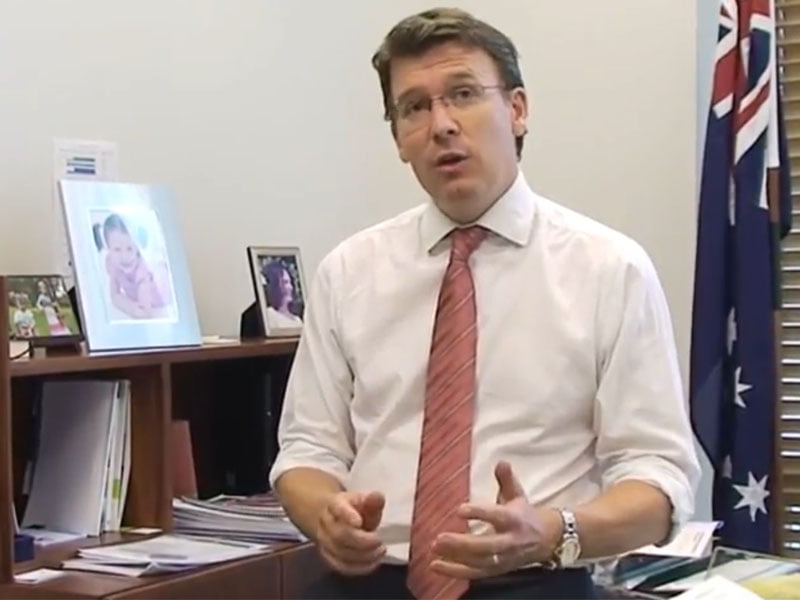The Commonwealth’s myGov platform has been “largely effective,” despite ballooning costs and an inability to bring new government services onto the platform, an audit report has found.
The Australian National Audit Office published its findings last week on the implementation and effectiveness of myGov up until November last year, and found the platform has improved the way Australians interact with services, and reduced the amount of times they transact with the government.
But the audit also found that myGov’s effectiveness had been constrained by a lack of government departments signing up to the platform’s full suite of services.

myGov was launched in May 2013 with an aim to provide secure online access to a range of government services in one location. It was given a budget of $29.7 million up until 2015-16, with forecasts predicting it would have 5.1 million users by then.
But by November last year myGov had nearly 11 million users, with the audit finding that this along with service upgrades, led its budget to skyrocket, hitting $86.7 million by June last year.
The audit also found that the government had been unable to work out how much money myGov was saving because it did not create performance metrics before being implemented.
“It is not possible to determine whether all the expected savings were realised as [the department of] Human Services and the ATO did not define performance metrics to enable the quantification of actual savings,” the audit said.
“Establishing key performance indicators to facilitate the calculation of savings would have provided government with assurance regarding the value of myGov functionalities to deliver improved government services online.”
Cost savings from myGov were produced in only one area – $109.2 million in postage costs. But the audit found that this “may be overstated” as there were already existing email capabilities.
The DTA has now been tasked with building a performance framework so the government can work out where myGov is in fact saving money.
The audit identified three key areas where the platform improved service delivery: The single digital credential, update your details, and inbox.
But the effectiveness of myGov as a whole-of-government platform had been constrained by an inability to get government departments to sign up services to myGov. By June last year, seven Australian government entities were providing nine member services on myGov.
Three of the government entities identified in myGov’s business case did not join the platform: the Australian Electoral Commission, the Department of Foreign Affairs and the then-called Department of Immigration and Citizenship.
“The effectiveness of myGov as a whole-of-government capability has been hampered by government services not joining myGov and not fully adopting the myGov functionalities,” the report said.
The DTA has now been tasked with implementing a strategy to bring more government services onboard.
Both sides of politics jumped on the report, pulling out select quotes and figures to argue their case.
Government ministers Alan Tudge and Angus Taylor said the report showed myGov was “exceeding expectations” and took it as a glowing endorsement of the platform and its implementation.
“The Coalition government is making unprecedented investments into IT and better digital services. These investments are now paying off big time for Australian citizens,” Human Services Minister Alan Tudge said.
“MyGov is now one of the largest digital services in the country, with an average of 242,000 people successfully using the capability daily. It’s making access to government services simpler and faster for Australians.”
The DTA had been involved with the myGov project since July last year, when it was tasked with overseeing its service strategy, policy and user experience. Assistant Minister for digital transformation Angus Taylor said this has had a “positive impact”.
“There will be ongoing, regular updates to myGov and this more iterative and user-driven approach is an important new direction,” Mr Taylor said.
The Opposition has in turn used the report to attack the government and its ICT efforts, labelling it “another digital transformation bungle from the Turnbull government”.
Shadow ministers Linda Burney and Ed Husic issued a press release selecting different quotes and figures from the ANAO report and mainly focused on the overblown budget and lack of KPIs.
Ms Burney and Mr Husic said yhe myGov programs’ budget was “massively blown out, key metrics to track performance never created and government departments that signed onto the business case never joined the program,”.
For the Opposition, the audit served as an opportunity to continue its sustained attack on the government’s recent digital transformation embarrassments and the role of the DTA.
“The Turnbull government has been unable to get cross-government buy-in when it comes to digital transformation and myGov is another example of failure,” they said.
“Governance and strategic oversight is vital for good government and successful roll-out of programs. It’s no wonder the Turnbull government keeps bungling digital programs – they don’t even bother to oversee them properly.”
Do you know more? Contact James Riley via Email.

